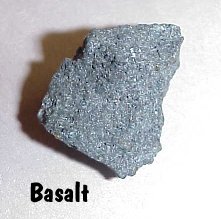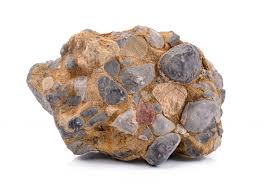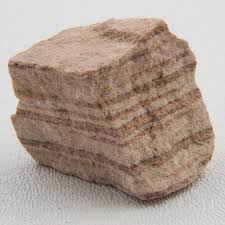Term 4 - Weeks 3+4
Section outline
-
Learning Outcomes:
- We are EXPLORING...how to collect data and make observations to interpret how the earth's features are formed (eg. rocks)
Success Criteria
1) Collect scientific data from a range of sources (phones, outside, photos) to investigate the earth and its atmosphere
2) Identify, describe and compare three different types of rocks - igneous, sedimentary and metamorphic
3) Explain the rock cycle
Key words: igneous, sedimentary, metamorphic, weathering, erosion, sediment, deposition
Activities
Week 3
- Virtual field trip ... collecting outdoor data by collecting rocks and describing clouds
- Collect your own data for the assessment
- Group activity: Locate pictures of different types of rocks and sorting rocks by their appearance
Week 4
- Making rock models through baking! (Igenous: hokey pokey and Sedimentary: lolly cake)
- BONUS: Learn how to test if rocks have minerals (put them in vinegar... if the rocks form bubbles they contain minerals, causing a chemical reaction)
- BrainPop: Rock Cycle and Types of Rocks videos and quizzes
- Read the RockCylce Powerpoint
- Analyse your data for the assessment (due on Friday!)






EXPLORE / TŪHURA learning intentions:
- We are EXPLORING...how to collect data and make observations to interpret how the earth's features are formed (eg. rocks)
- We are EXPLORING... how to measure scientific data (eg. weather and climate) to connect its patterns with the earth's atmosphere
